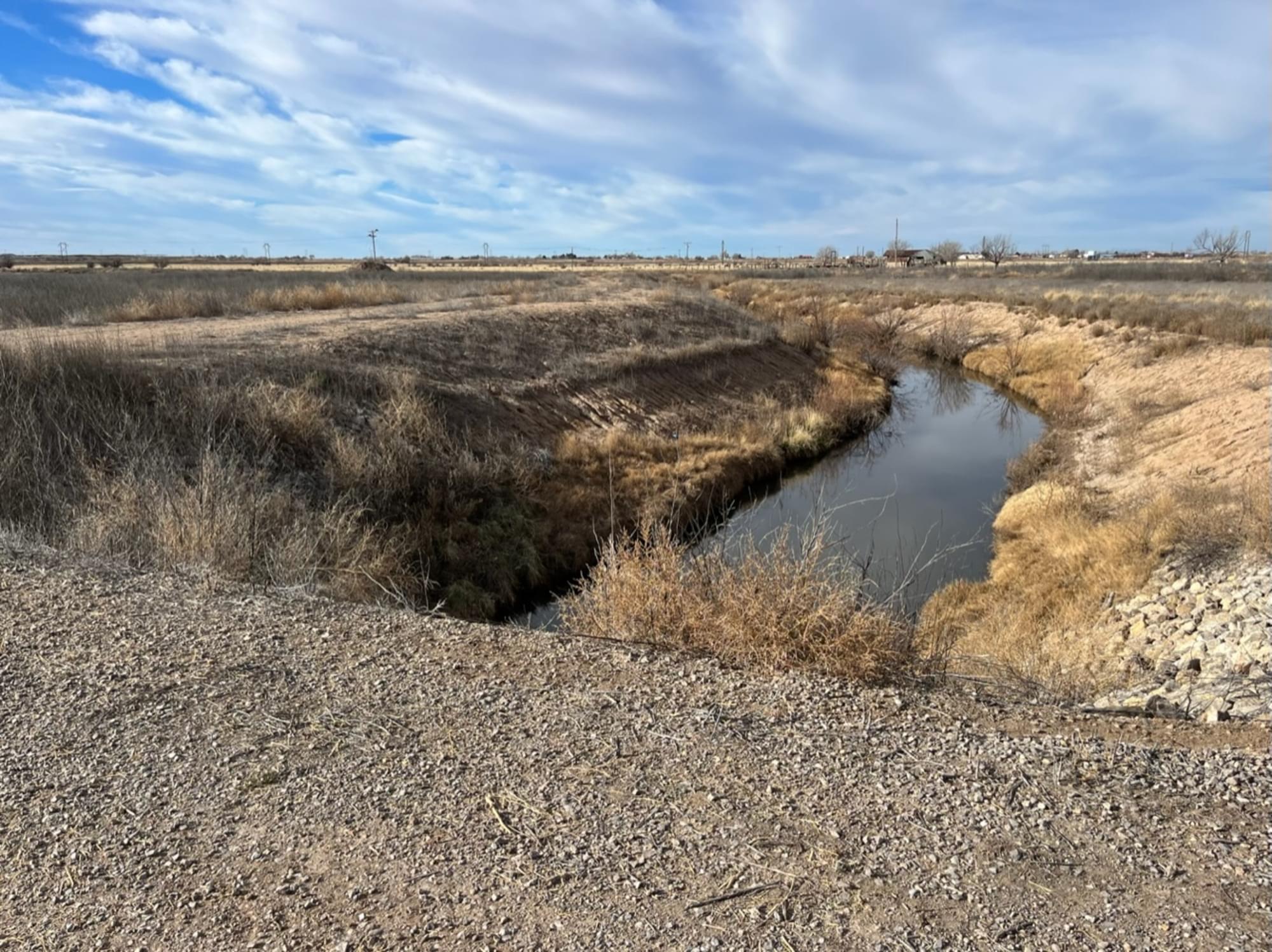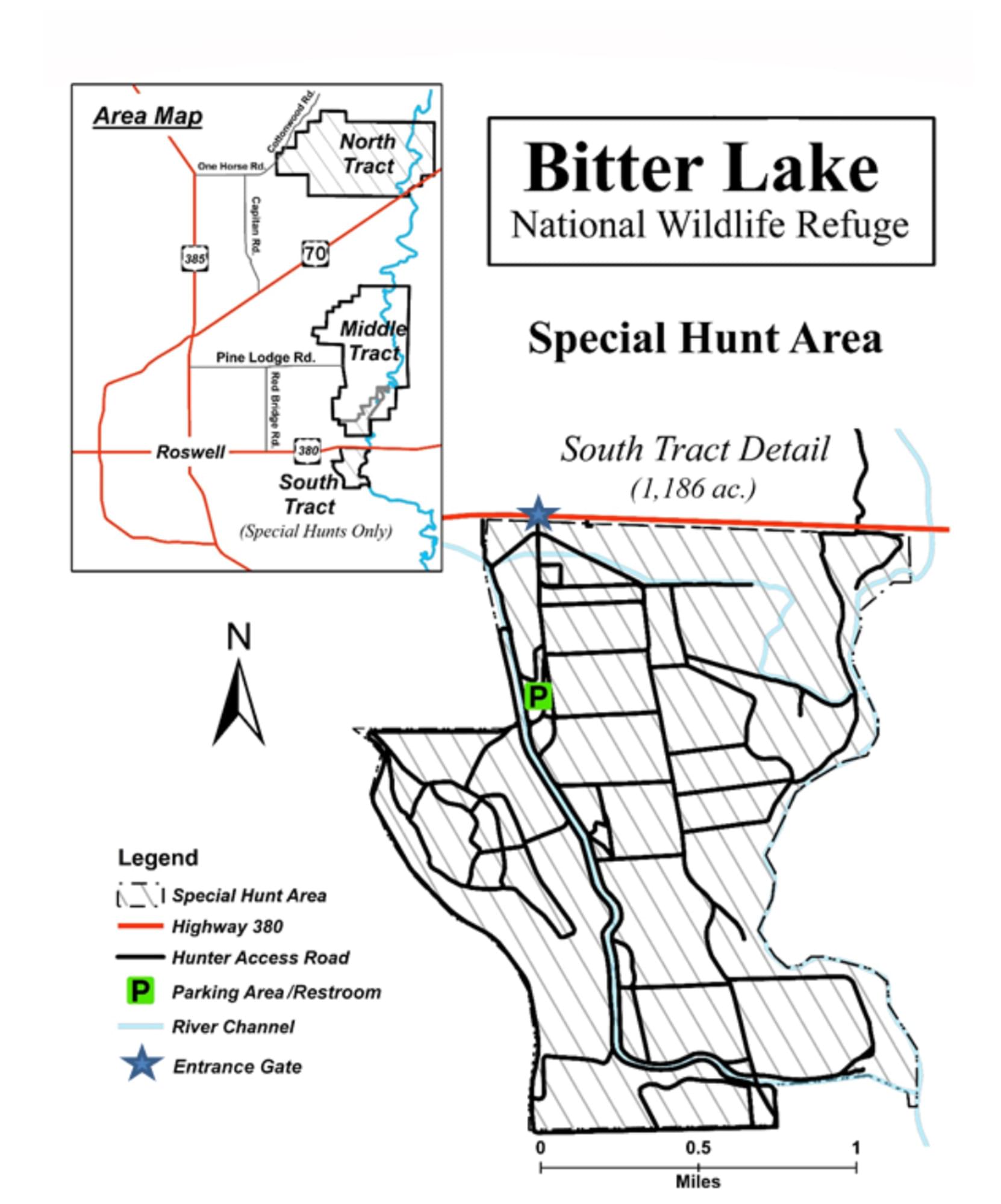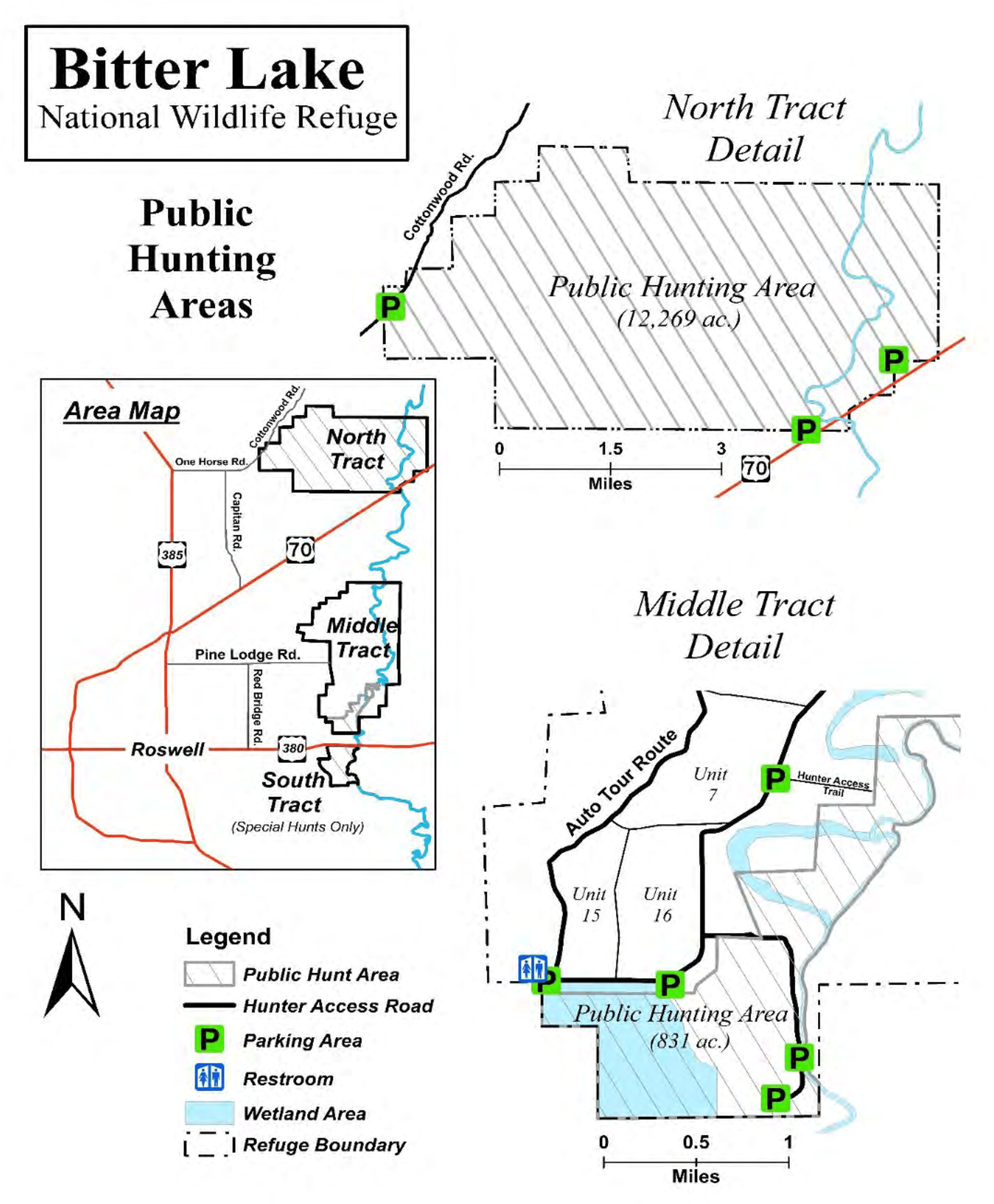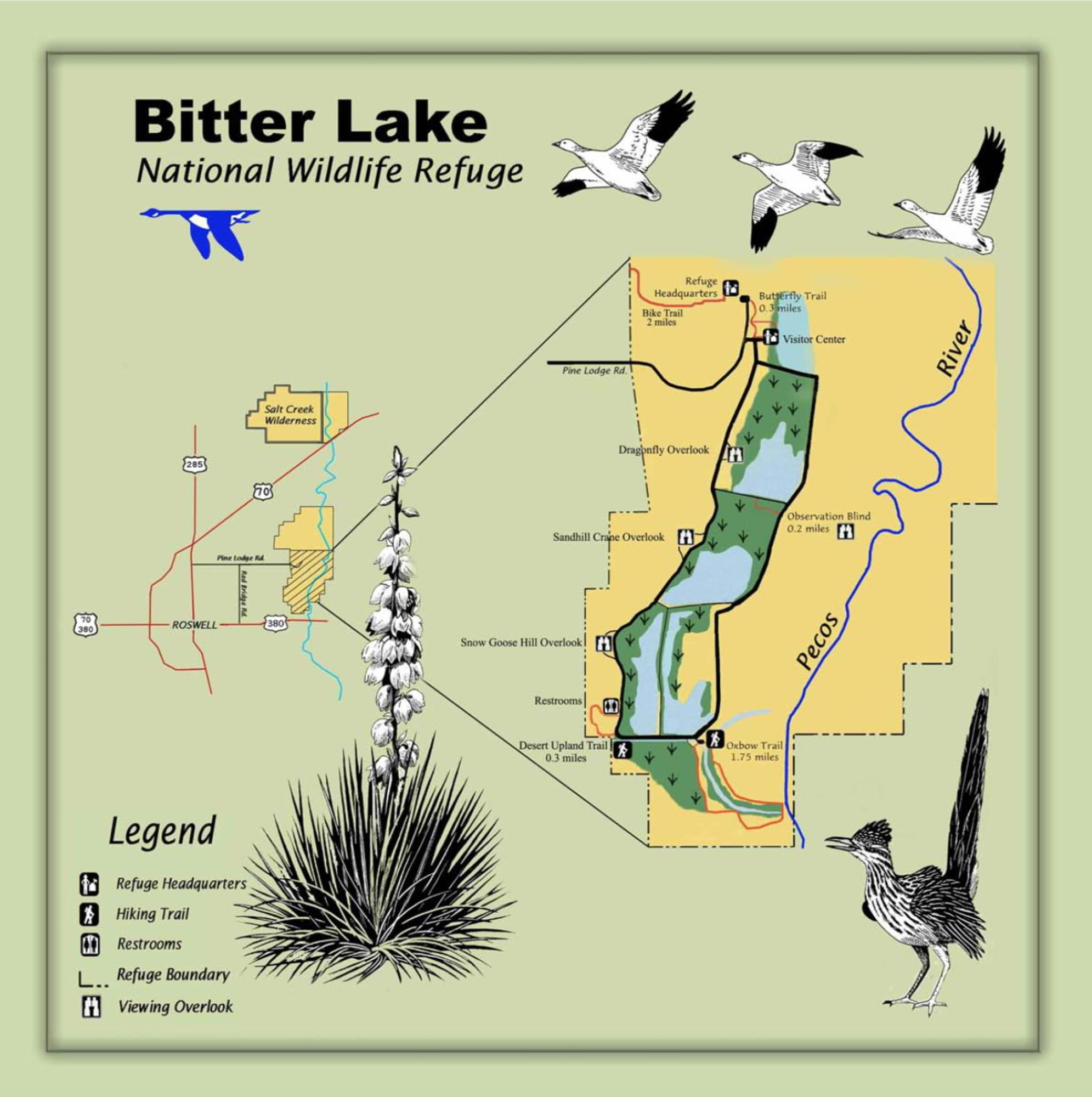Bitter Lake NWR--Farm (closed to public entry)

Bitter Lake NWR--Farm (closed to public entry)
County Road 223 Roswell, New Mexico 88201
Bitter Lake National Wildlife Refuge Official WebsiteBitter Lake National Wildlife Refuge Important Bird Area webpage
Friends of Bitter Lake National Wildlife Refuge webpage
Bitter Lake National Wildlife Refuge map
About this Location
At a bit less than 1,200 acres, the Farm Unit, or South Tract, is by far the smallest of the three tracts of land comprising Bitter Lake NWR. This unit lies south of US-380, east of the Hagerman Canal, and west of the Pecos River. The south boundary is County Road 227 (Miami Road alignment) in the west, and the Rio Hondo in the east; the confluence of the Rio Hondo and Pecos River defines the southeast corner of the tract. South of US-380, the tract is surrounded by cropland, dairies, and grazed land.
The hotspot, which includes the entire unit, receives its name from the fact that the tract was private farmland prior to being acquired by the Fish and Wildlife Service in the mid-1980s, and subsequently was contract farmed, with at least a portion of the land being devoted to grain crops that were left for waterbird forage. The area between the Rio Hondo and the Pecos River was more frequently farmed; between the Rio Hondo and Hagerman Canal, less frequently. As might be expected, most of the land is flat, with mesquite and tamarisk along waterways and a number of cottonwood along the dirt farm roads. In the northern part of the tract, a branch of the Rio Hondo appears to have been canalized to move water east into the farmland, finally meandering south to join the Pecos. A few ephemeral ponds exist in the east, near the Pecos. As of 2023, the tract has not been farmed for over 5 years, although plans are being made to resume contract farming. Tumbleweed and kochia have claimed most of the previously farmed land.
This hotspot is not now nor has it ever been open to the public. Only limited observations of the tract may be made from US-380.
So how did it get to be one of the top hotspots in Chaves County, with over 120 species recorded? Although the first checklist submitted for this hotspot is dated 1995, that list is merely of species presence/absence (Xs) rather than an enumeration of individuals, and the next list is from 3 years later. Of course, both of these lists were entered long after observations were made. Given the hotspot number, the hotspot was apparently established in the early years of the 2010-2019 decade. There are only 10 lists until 2017, 8 lists over 2017-2019, 1 in 2020 (CoViD), none in 2021 (CoViD), and 3 lists in 2022. Aside from a few brief submissions by US-380 observers, lists are from surveys conducted in conjunction with refuge Biology staff: spring migration counts, sporadic waterfowl counts, CBCs, and evidently one count from a tour by the refuge’s Friends group. Thus, eBird species-frequency bar charts for this hotspot are based on limited, though generally high-quality, thorough survey data.
Interestingly, though the Refuge at one time held youth pheasant hunts in the South Tract, the last (as of January 2023) eBird listing of Ring-necked Pheasant here was in 2017. This is possibly a result of the termination of grain growing not long before.
About Bitter Lake National Wildlife Refuge
See all hotspots at Bitter Lake National Wildlife Refuge
Bittle Lake National Wildlife Refuge has been designated as an Important Bird Area.
Bitter Lake National Wildlife Refuge protects and provides habitat for some of New Mexico’s most rare and unusual creatures such as the least shrew, Noel’s amphipod, least tern, Pecos sunflower, and Roswell spring snail.
Located where the Chihuahuan Desert meets the Southern Plains, Bitter Lake National Wildlife Refuge is one of the more biologically significant wetland areas of the Pecos River watershed system. Established in 1937 to provide wintering habitat for migratory birds, the refuge plays a crucial role in the conservation of wetlands in the desert Southwest.
Bitter Lake is an ecological crossroad where the Chihuahuan Desert meets short grass prairie, the Pecos River, and the Roswell artesian basin. The blending of these different ecological conditions has created some unusual biological conditions. Here you will find wetland-dependent species interacting with desert creatures.
The abundant water supply draws a documented 357 species of birds to the refuge. In addition 59 species of mammals, more than 50 species of reptiles and amphibians, 24 types of fish, and more than 100 species of dragonflies and damselflies are found in this oasis.
Features
Restrooms on site
Wheelchair accessible trail
Entrance fee
Roadside viewing
Content from Bitter Lake National Wildlife Refuge Official Website and John Montgomery
Last updated March 12, 2023


